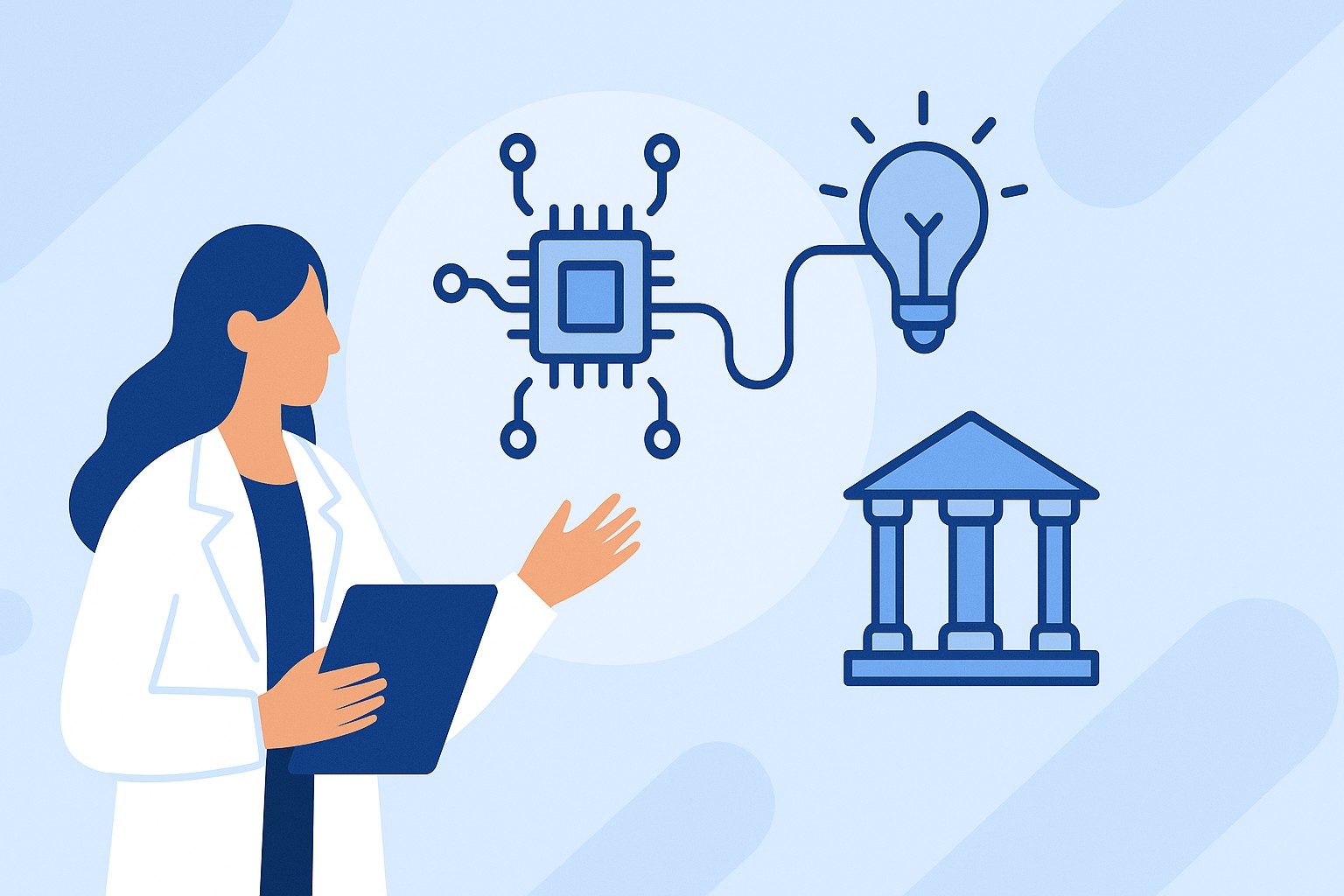On this episode of the Women in Medtech series of the Medtech Business Academy podcast, I had the privilege of welcoming back Tiffany Wilson, President and CEO of the Science Center in Philadelphia. Tiffany has spent over 20 years advancing healthcare innovation, and our conversation was a masterclass in what it truly takes to bring technology from the lab to the bedside.
Innovation vs. Impact
During our discussion Tiffany reminded us, it is easy to talk about “innovation.” It is exciting, inspirational, and always worth celebrating. But innovation without impact is just an idea. The hard part is navigating the messy middle, where promising concepts must evolve into companies that can withstand the realities of regulation, funding, and commercialization.
She breaks down risk into three clear categories every entrepreneur must address:
- Technology risk: Can the product be manufactured and scaled?
- Regulatory risk: Can it make it through FDA or other necessary pathways?
- Commercialization risk: Will someone actually buy it, and will they buy it again?
These are not abstract hurdles. They are the make-or-break factors that determine whether a technology can ever touch patients’ lives.
The Missing Front Door
Additionally, one of the themes Tiffany explored was the lack of a clear “front door” into healthcare systems for startups. Decision-makers are overwhelmed by cold outreach, yet health systems and payers are critical to adoption. The Science Center is working to bridge this gap, creating earlier and more structured engagement between entrepreneurs and healthcare leaders. This does not just benefit startups. It helps hospitals validate unmet needs, prioritize resources, and focus on the solutions that can truly move the needle.
Leadership and the Human Factor
We also discussed the people-side of innovation. Tiffany stressed that being a great founder does not automatically translate into being a great CEO. Leadership requires continuous learning, adaptability, and the humility to take guidance from advisors. Too often, dysfunctional teams and shortsighted decisions burn through capital and delay impact. Gathering your friends around is great for a fun night out, but ensuring that they have the skills needed to drive your organization forward can be the difference between failure and flourishing. Her message was clear: innovation succeeds or fails on the strength of the people behind it.
A Global View
Tiffany also shared insights on international innovators entering the U.S. market. Even companies with successful clinical trials abroad often stumble because they underestimate the complexity of U.S. healthcare. Every state, payer, and population presents unique challenges, and success requires more than technology. It requires deep understanding of culture, economics, and care delivery models. The importance of value analysis understanding and where you will need to position a value proposition cannot be overstated.
Speed Is Not a Strategy
Perhaps my favorite moment in this conversation was when Tiffany reinforced a phrase she often uses: Speed is not a strategy. In an environment where urgency can overshadow clarity, this reminder is powerful. Innovation takes time, persistence, and careful alignment with real needs. Slowing down to assess whether you are on the right path is often what makes sustainable impact possible.
Tiffany’s perspective underscores something we repeat often in value analysis: it is not about shiny technology for its own sake. It is about solving the right problems, in the right way, for the right people.

